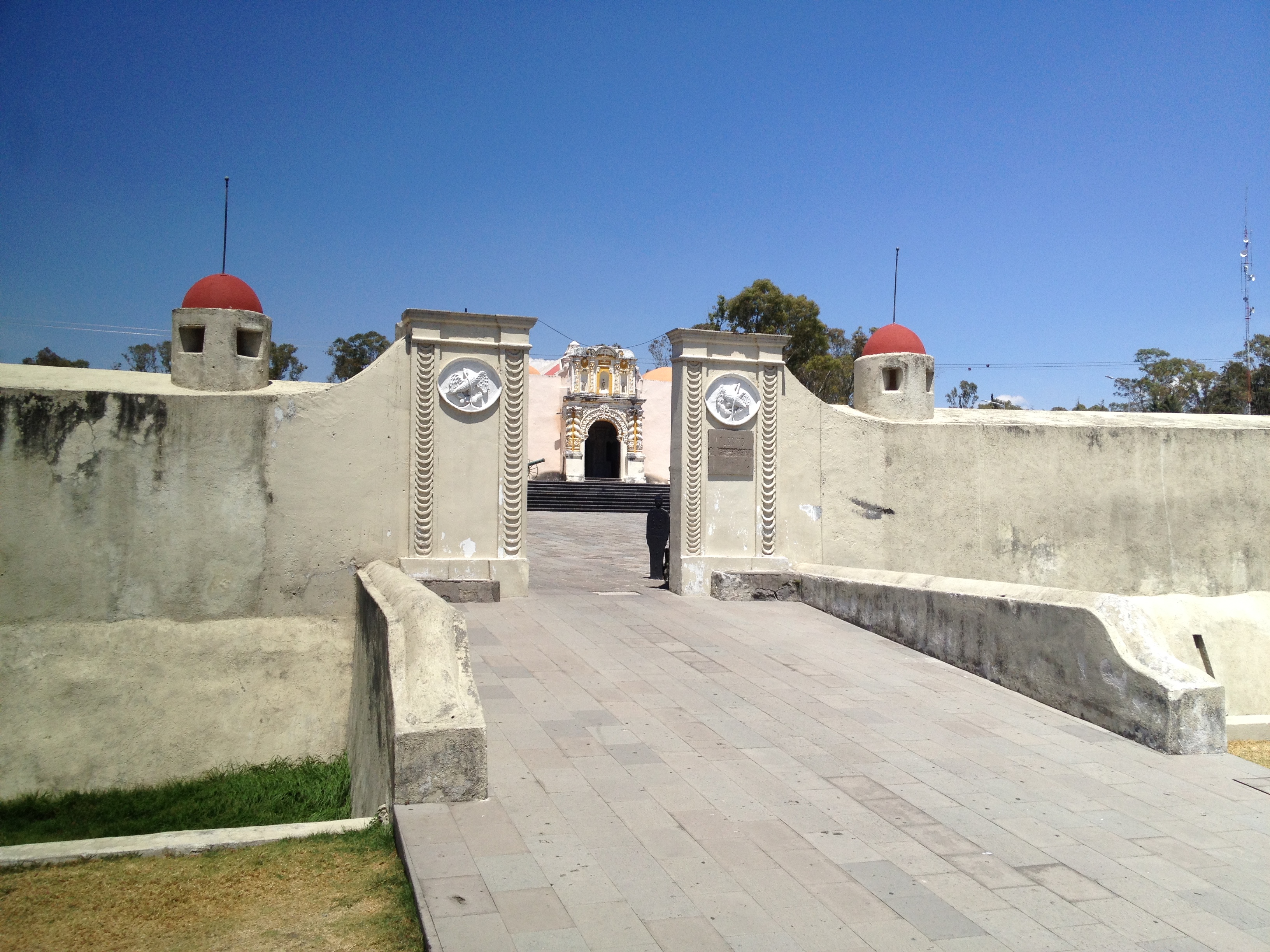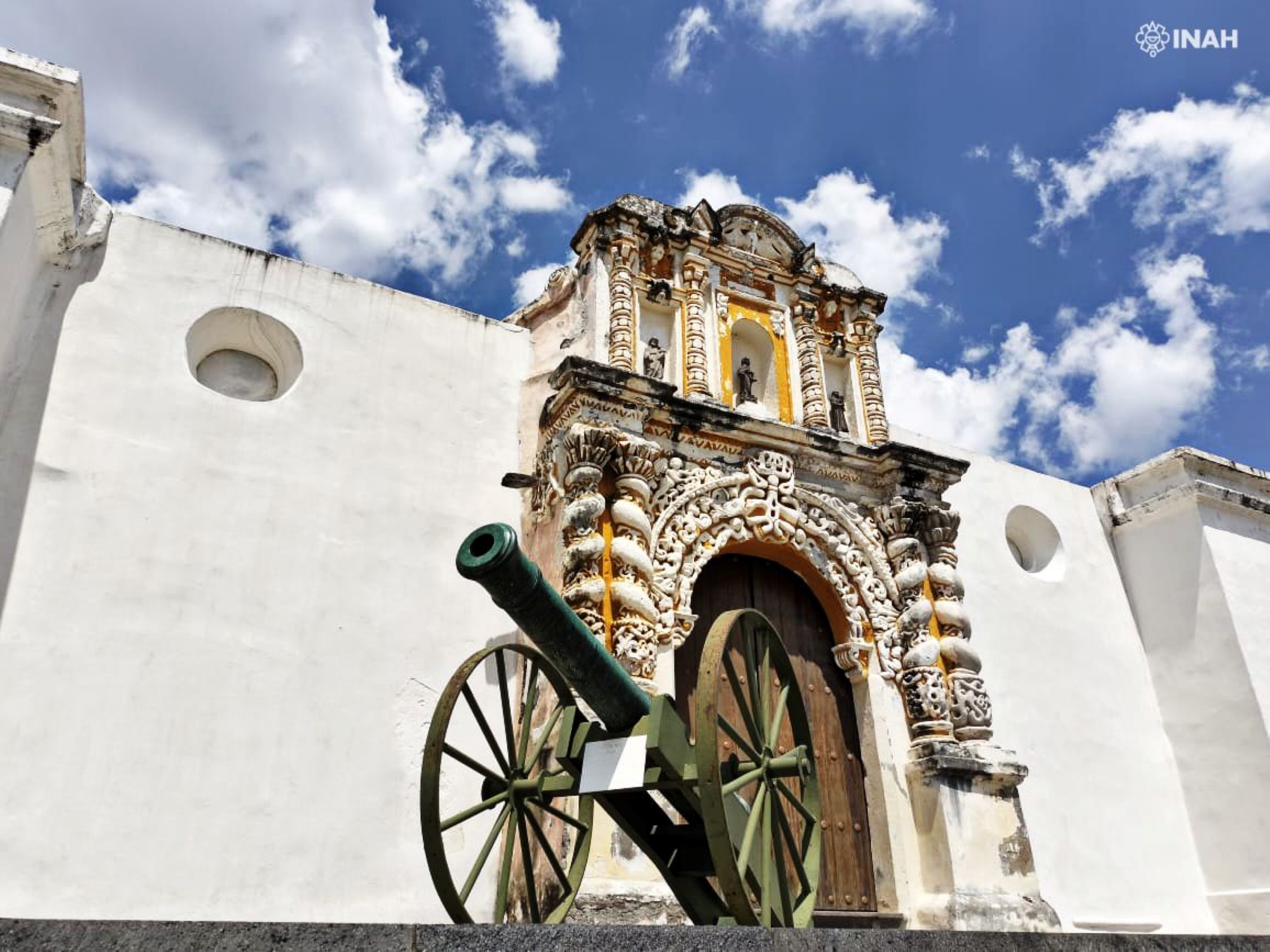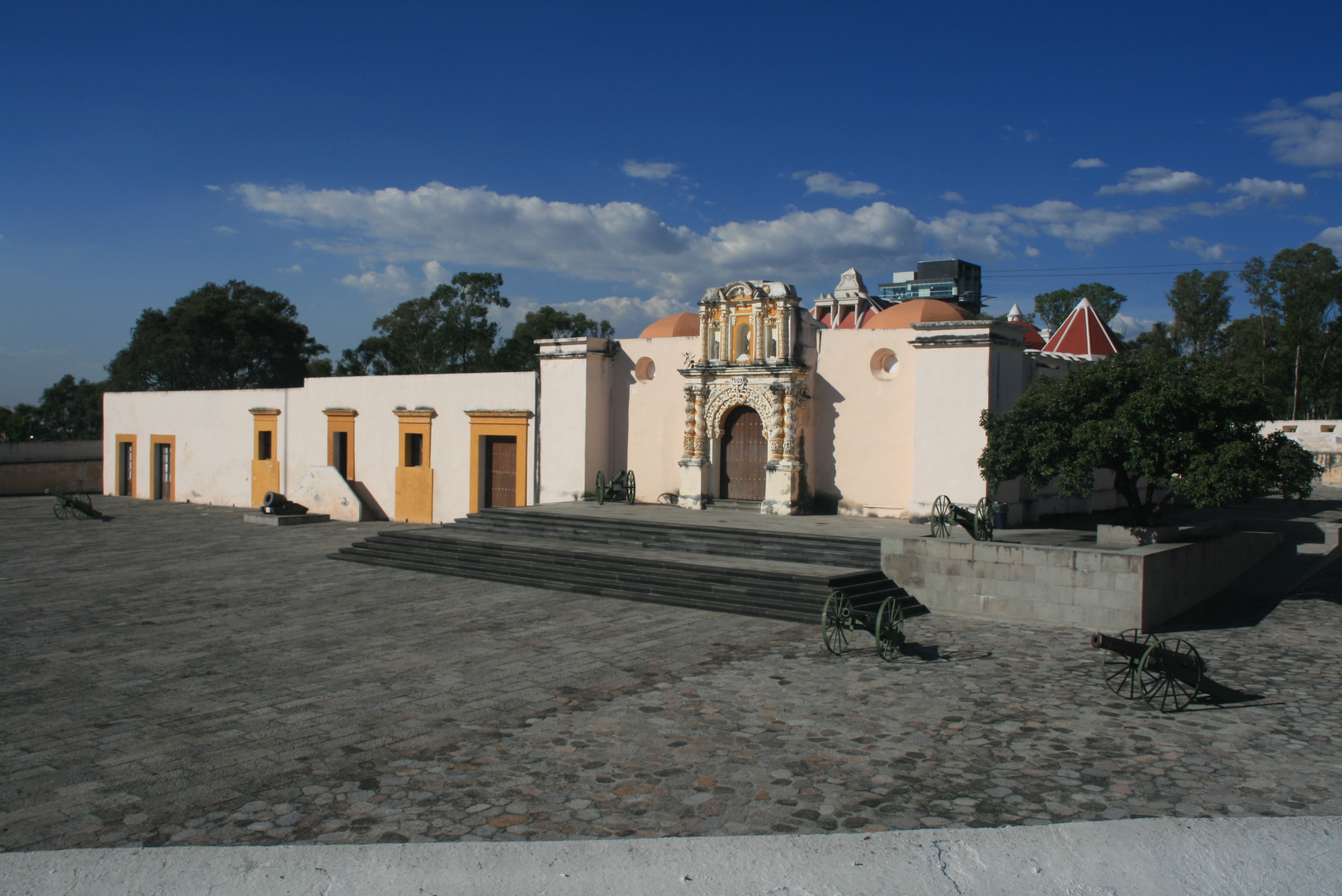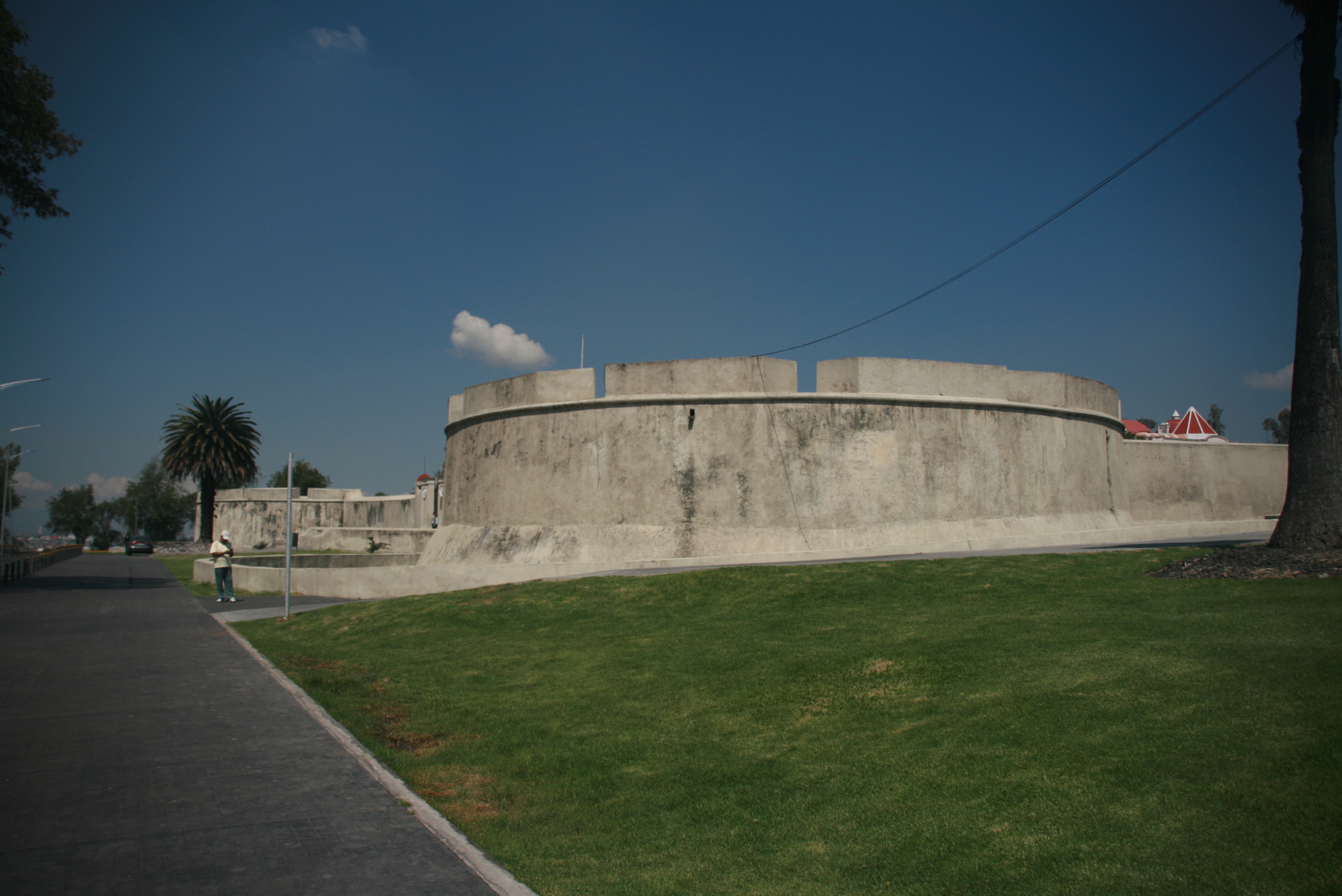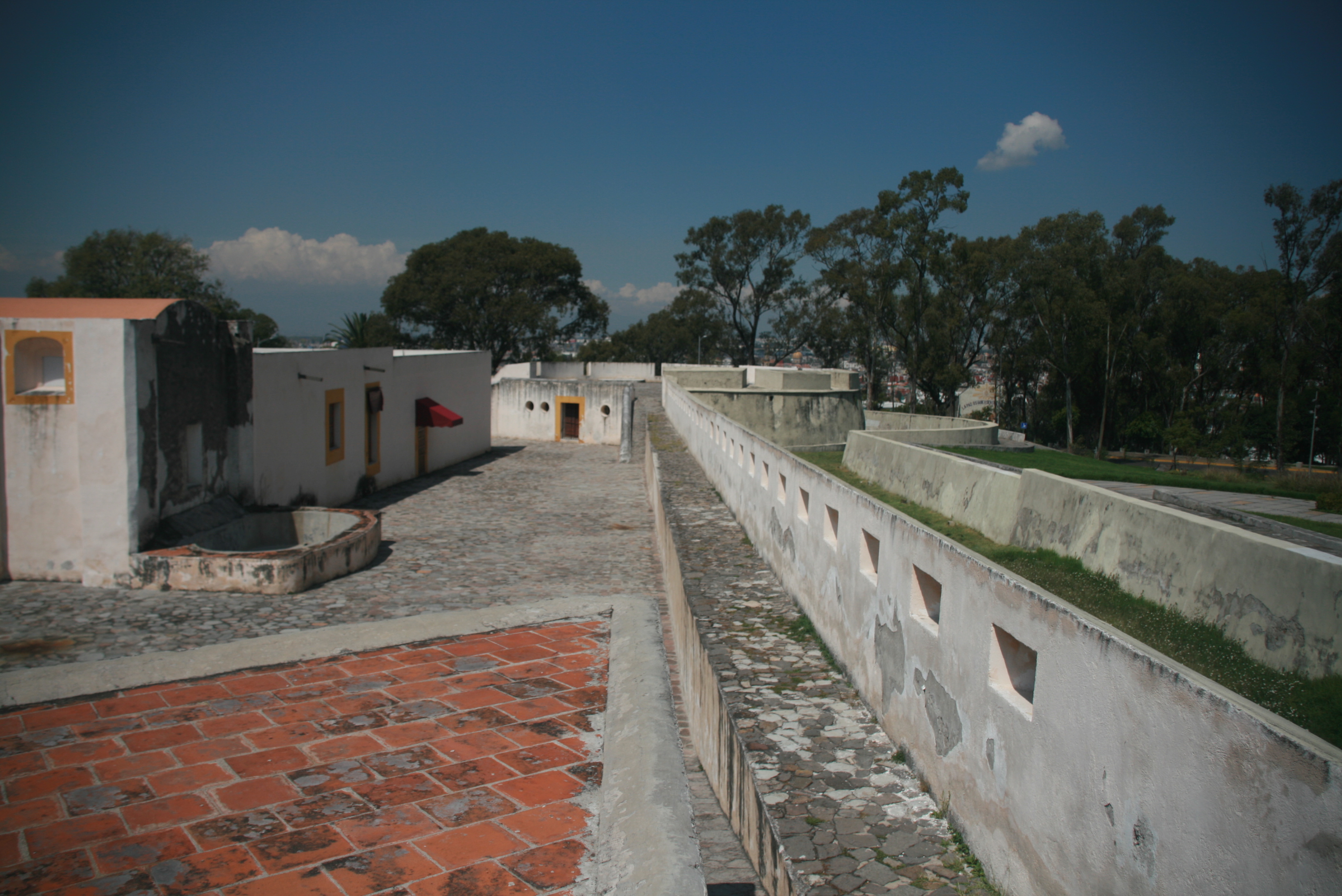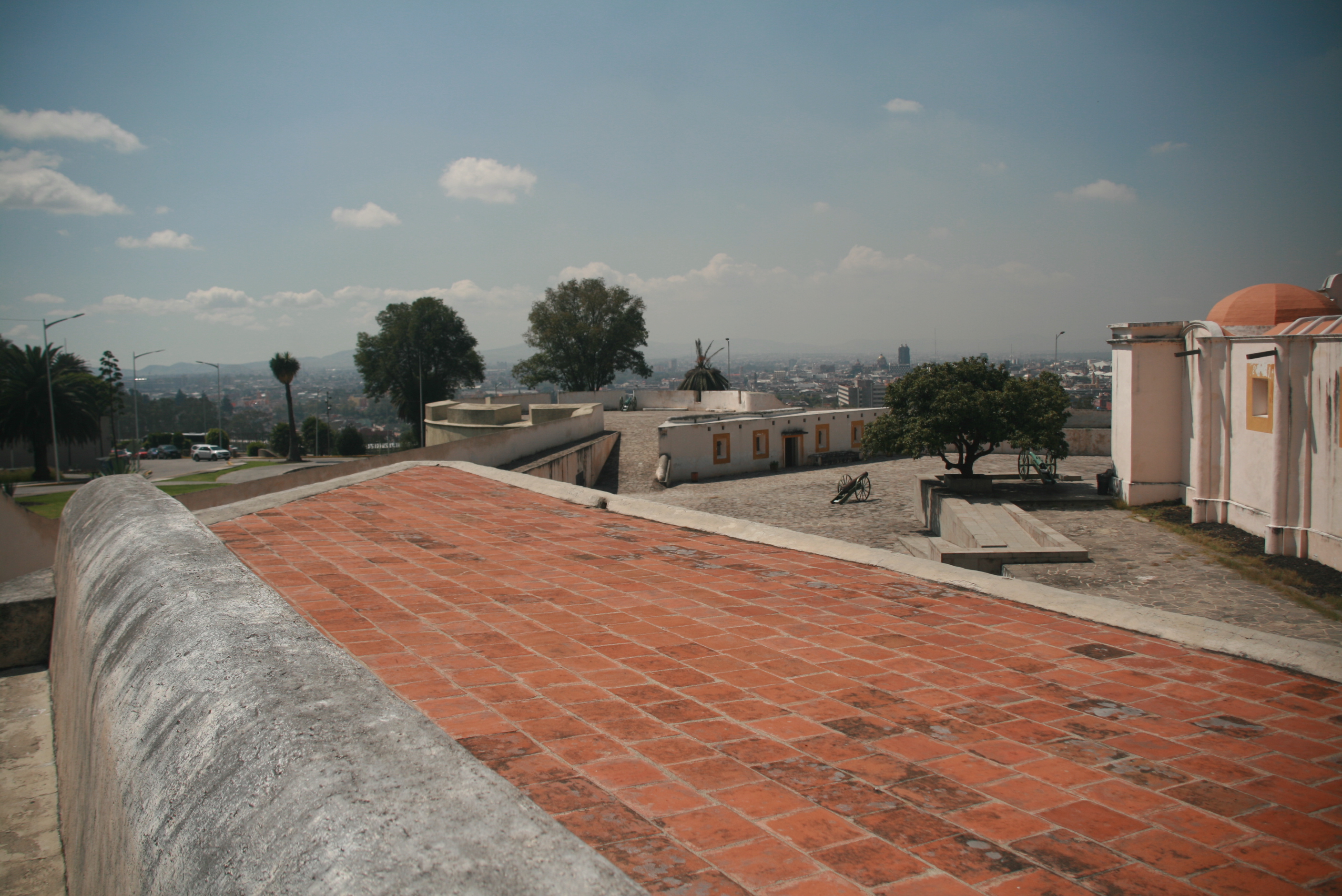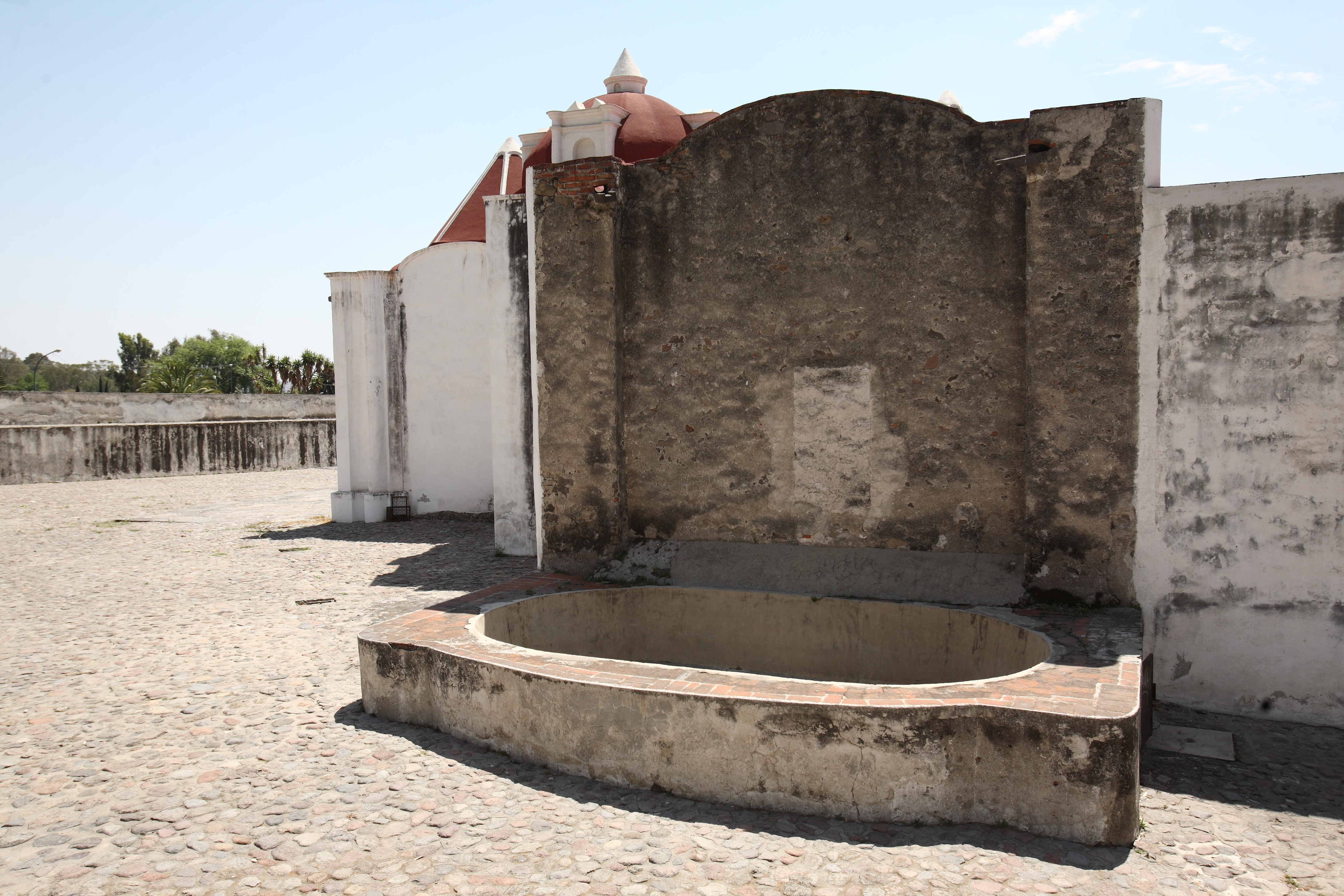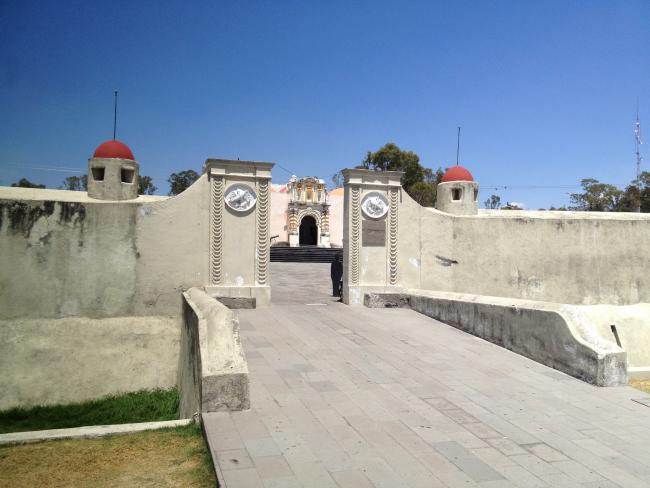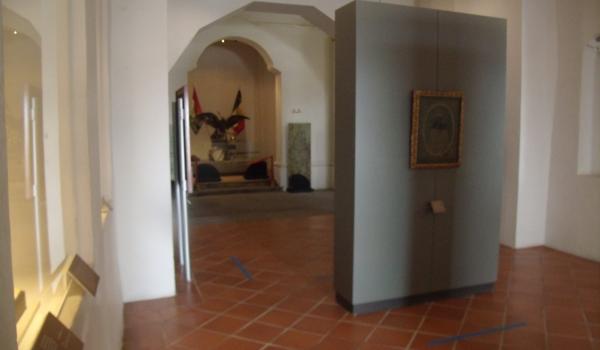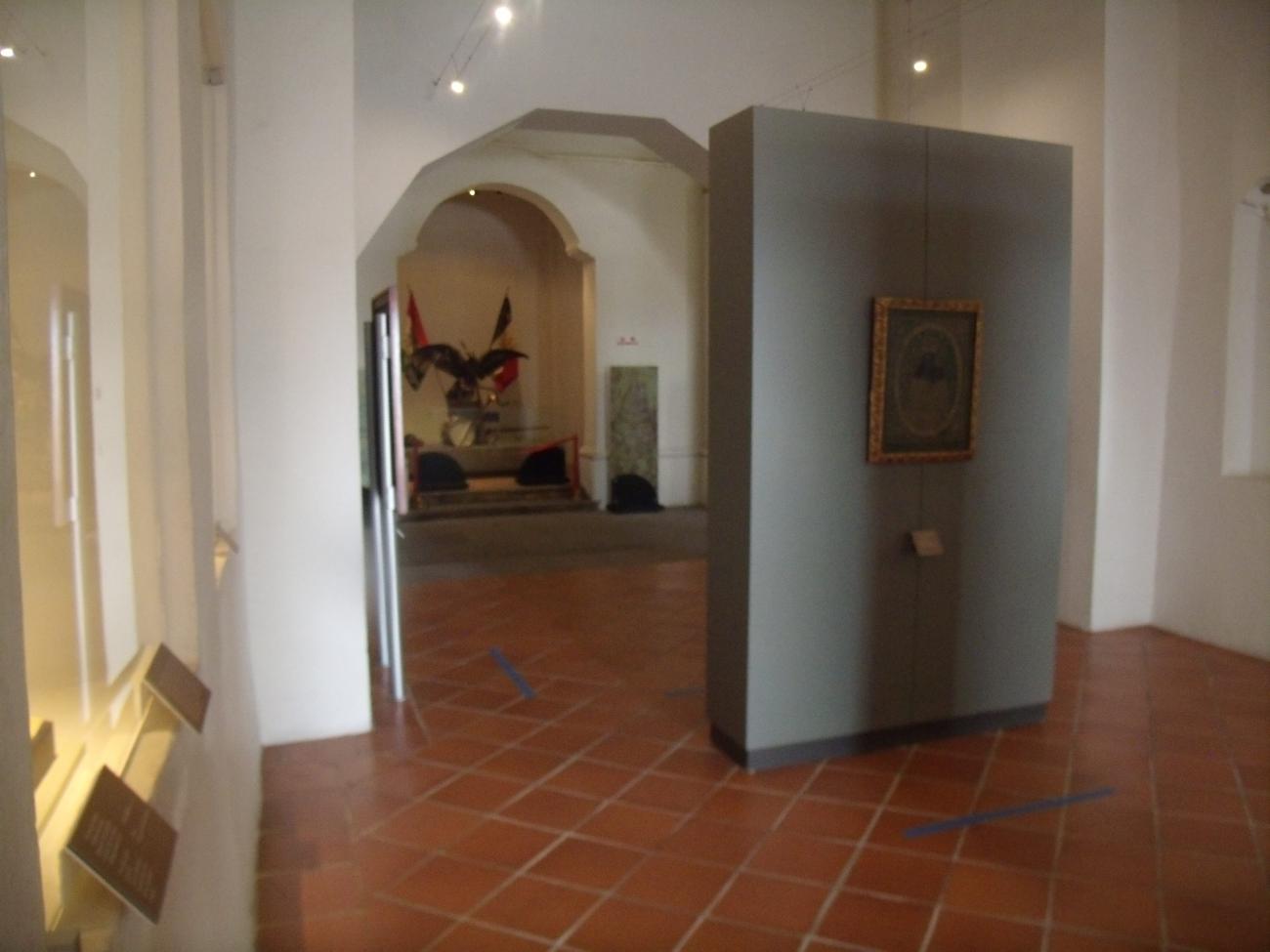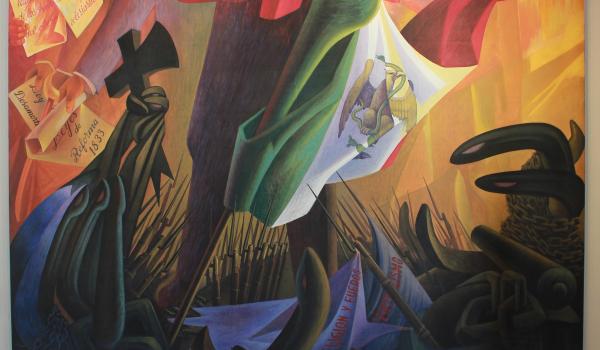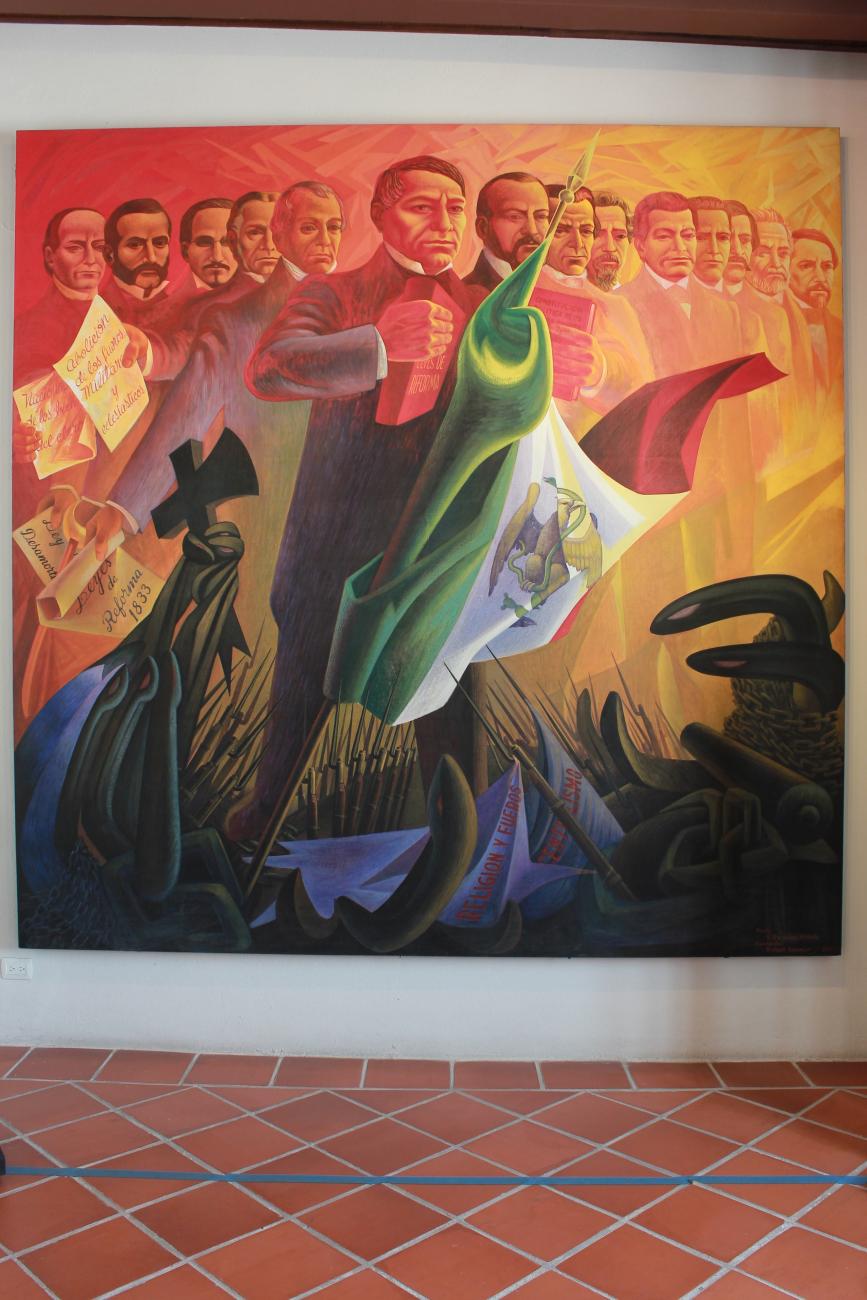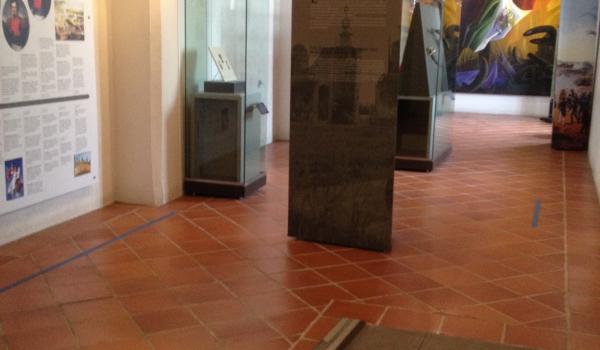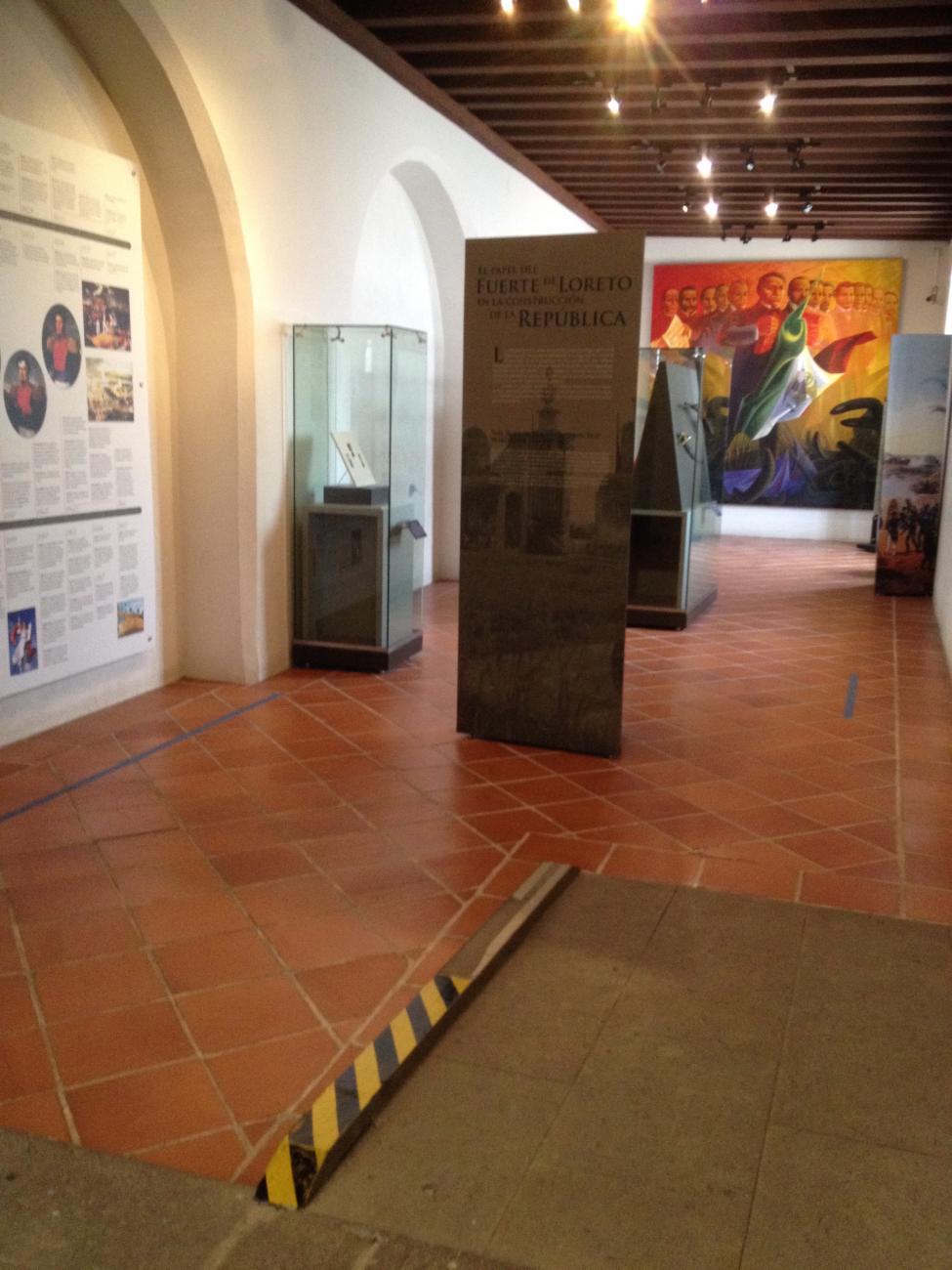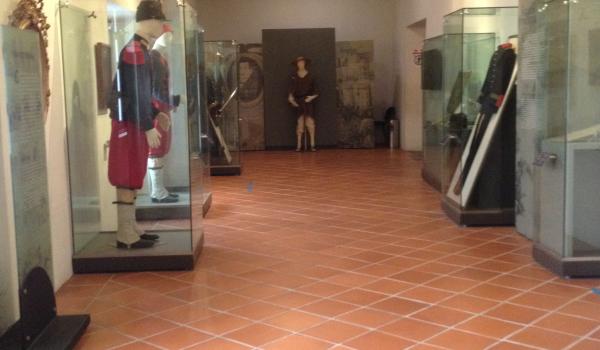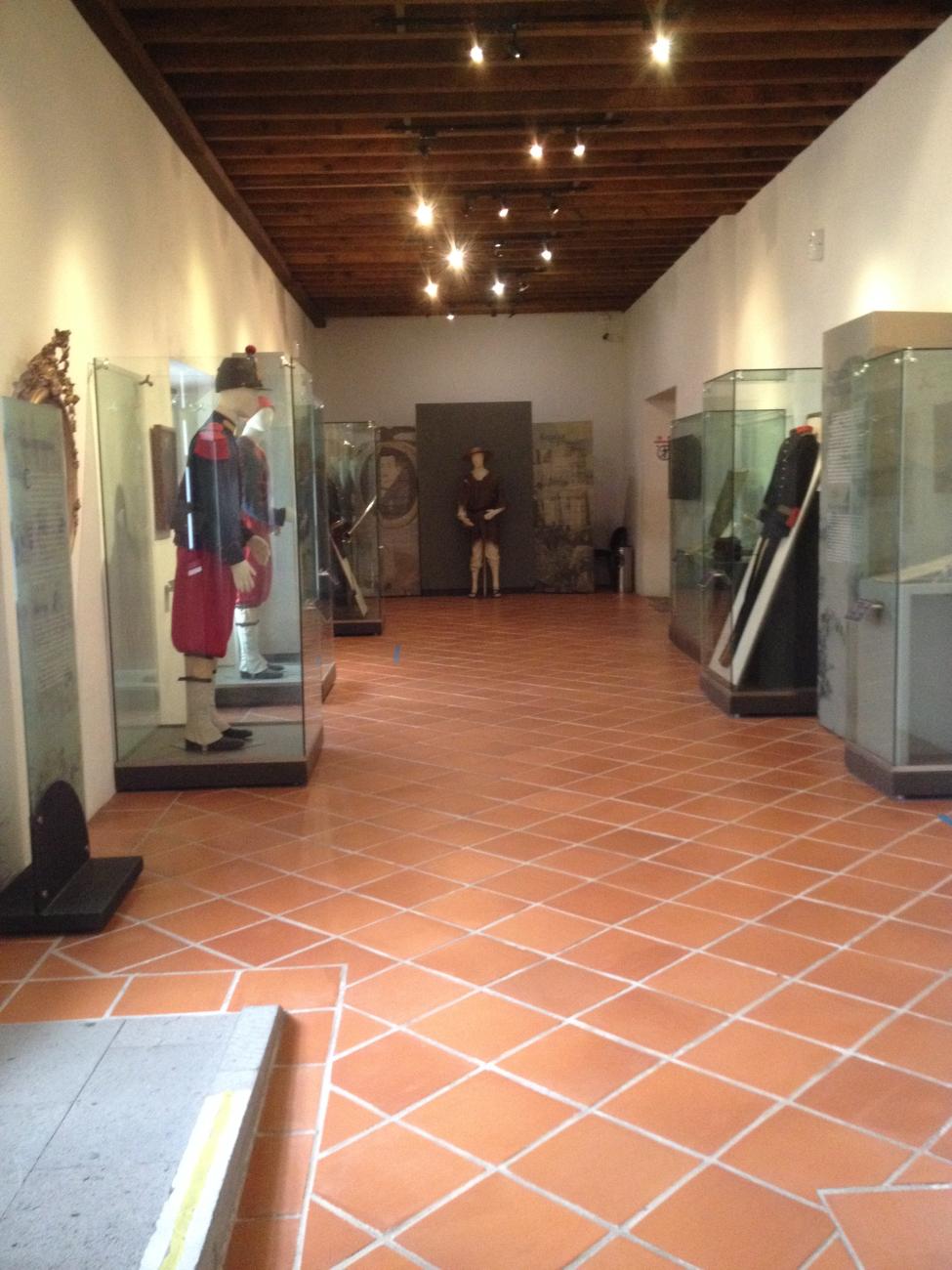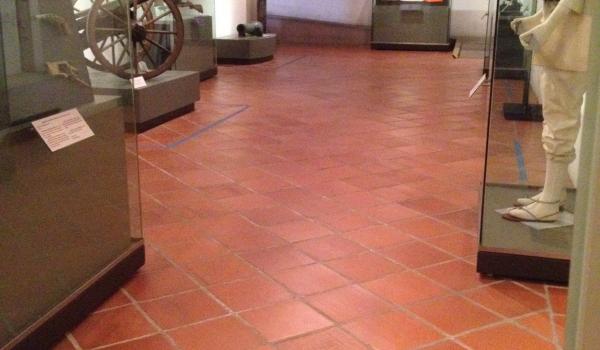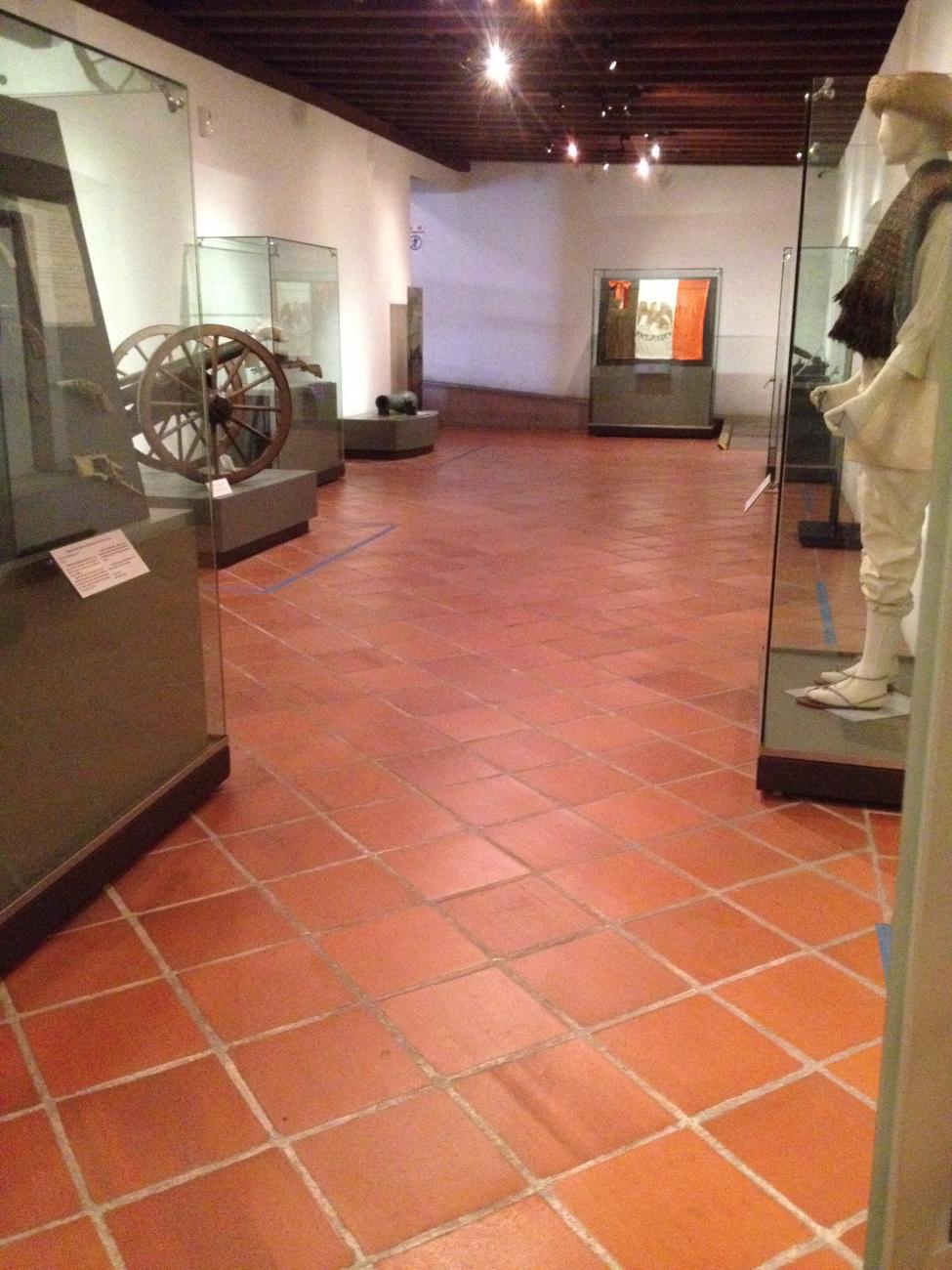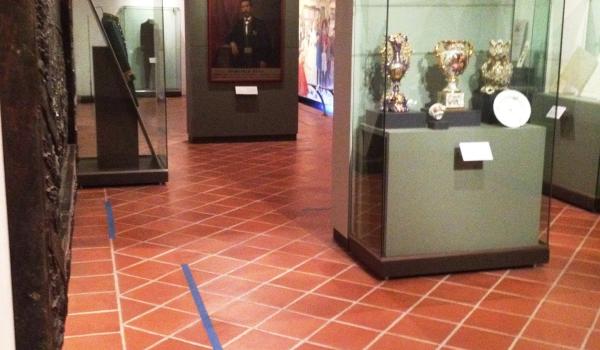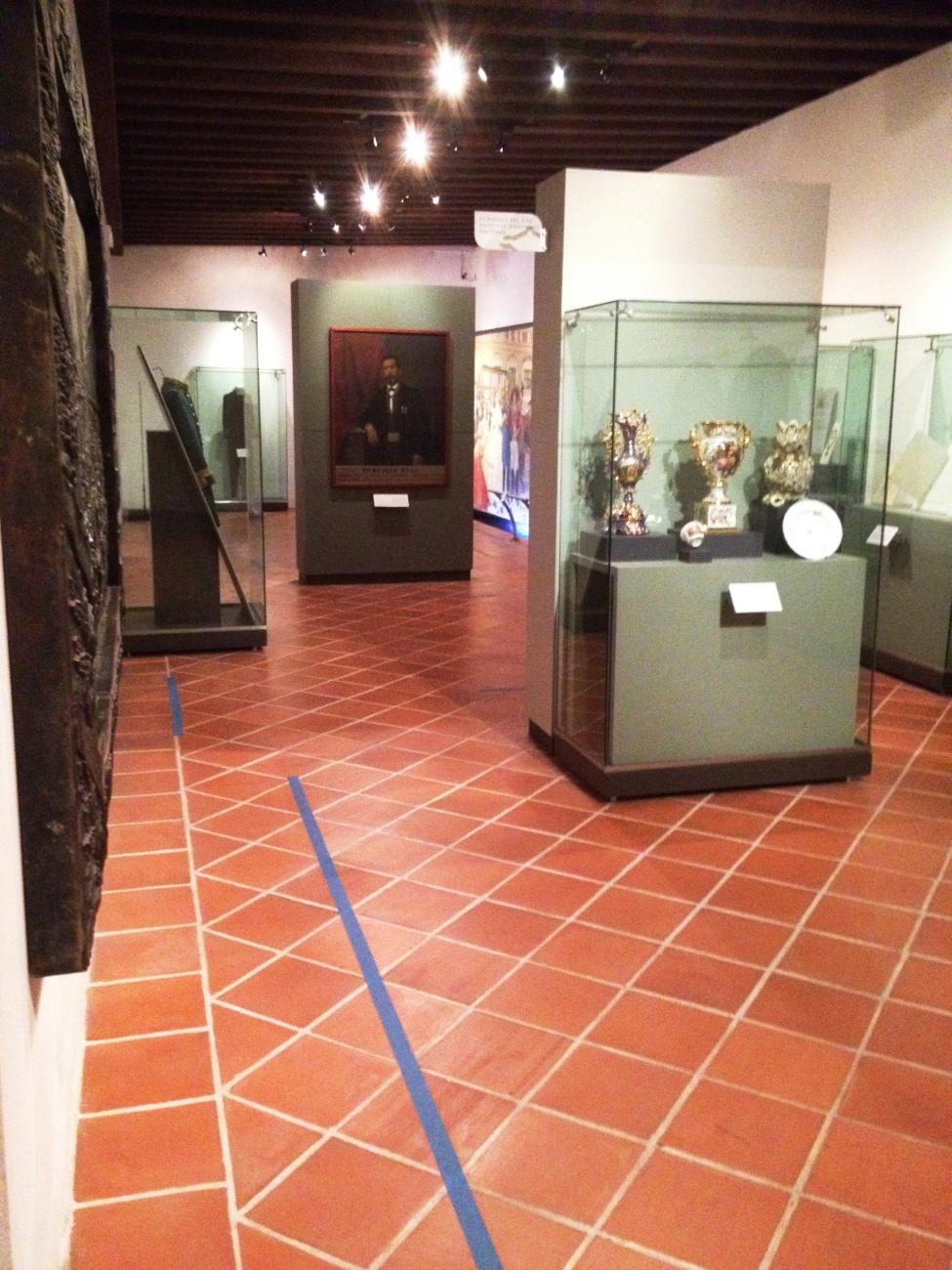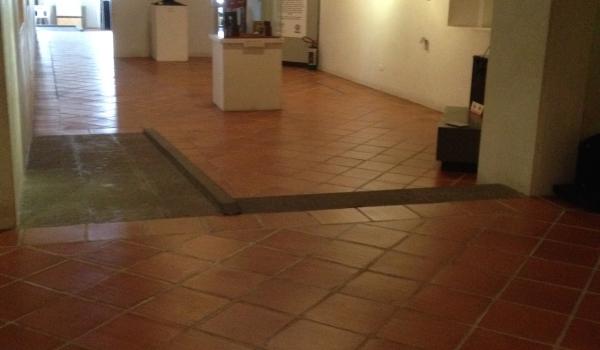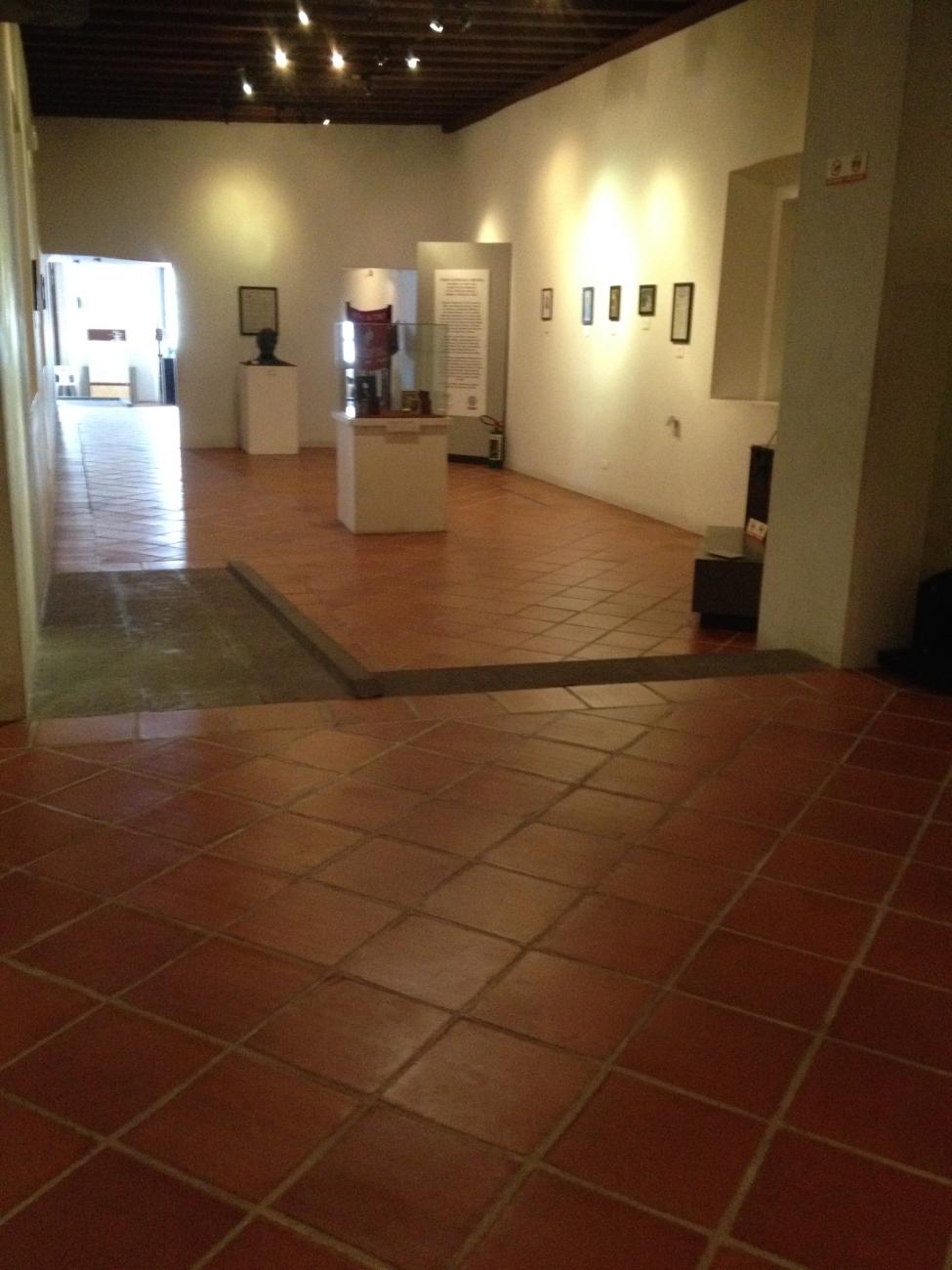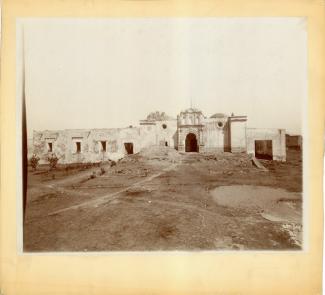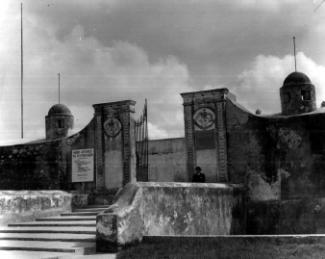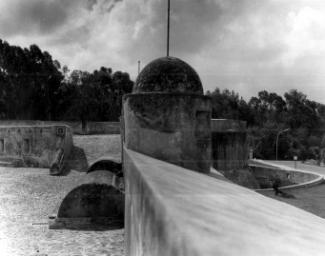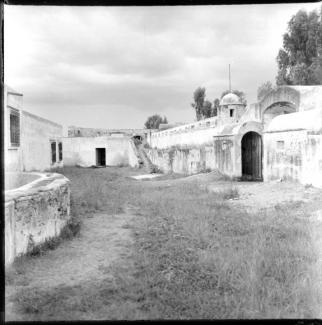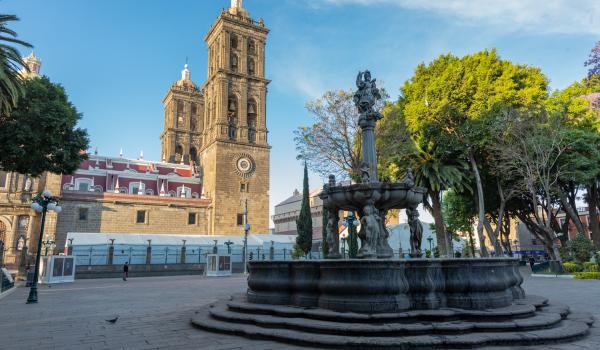One of the most important artifacts of the Museum of Non-Intervention is the Fort of Loreto itself, faithful witness of its own history. In the mid-seventeenth century work began with the support of the lay people and the secular clergy on a chapel dedicated to the Virgin of Loreto, the Italian protector of the family. Celia Salazar Exaire relates that the chapel came about at the request of a devotee of the Virgin of Loreto called José de la Cruz Sarmiento, who wished to thank the Virgin for saving his life after he was hit by lightning in 1655. The chapel was built on top of the hill of San Cristóbal, following a series of guidelines in terms of its structure. During the seventeenth century all churches dedicated to the Virgin of Loreto had to have the same measurements as the holy house in Loreto, Italy. In addition to the chapel a house was built for the chaplain, with a cistern to water the garden. The design was retained until the eighteenth century when the chapel was rebuilt in a more luxurious style.
Religious worship continued until the 1810s, even though the site, but not the chapel, had been used as a barracks from the end of the eighteenth century. At the height of the War of Independence in 1813, the viceregal authorities of Puebla proposed to transfer the city’s munitions dump to the site, and the building of the fort as such begun in 1815. It was completed in 1817. The Fort of Loreto is designed on a square plan with bastions built on its corners, the purpose of these corner towers being to open up wider arcs of fire. The names of the bastions are: San José, El Carmen, Santa Bárbara and Guadalupe. As Salazar recounts, the construction of the fort was commissioned by the artillery commander Manuel Varela Ulloa, and after 1832 the Fort of Loreto started to see constant military activity. Its location made the observation of potential enemy military movements much easier.
The exhibition shows that from then onwards the fort was used in various conflicts throughout Mexico’s turbulent nineteenth century, whether between political factions such as federalists against centralists, liberals against conservatives or to counter serious foreign attacks such as the American invasion in the 1847 Mexican-American War (which actually lasted from 1846 to 1848) and the French Intervention of 1862 to 1867. The Fort of Loreto was very important for the Mexican military in the Battle of Puebla in 1862, and it even came to be used in the Mexican Revolution in the early twentieth century.
The museum’s storyline also talks about the fort’s peacetime use as a military prison and astronomical observatory. It was even abandoned for years. In the early 1930s the brothers Ángel and Carlos Paz y Puente asked the military authorities to close the fort and make it available to them on free loan for use as a military museum.
It was opened to the public on May 5, 1936 as the Museum of the History of War, with the aim of displaying the founders’ collection of material from the periods of Independence, Reform and Revolution. Subsequently and under the management of the National Institute of Anthropology and History, it was renamed the Museum of Non-Intervention to commemorate the centenary of the defeat of French intervention on May 5, 1862, known as the Battle of Puebla.
Its collection is displayed in seven galleries, six permanent and one temporary. The range of topics covered is wide, beginning with the history of the building from 1650 up to the period known as the Restored Republic of 1867. In addition to the narratives, the visitor can see oil and acrylic paintings of various formats, uniform, weapons, documents, flags, and other military artifacts, as well as everyday social history items from the periods covered by the facility. The exhibition was redesigned in 2012.
In addition to these spaces, the fort has several canons from the eighteenth to the twentieth centuries on the esplanade, as well as in the fort's four bastions. Some of these were very likely fired on May 5, 1862.





